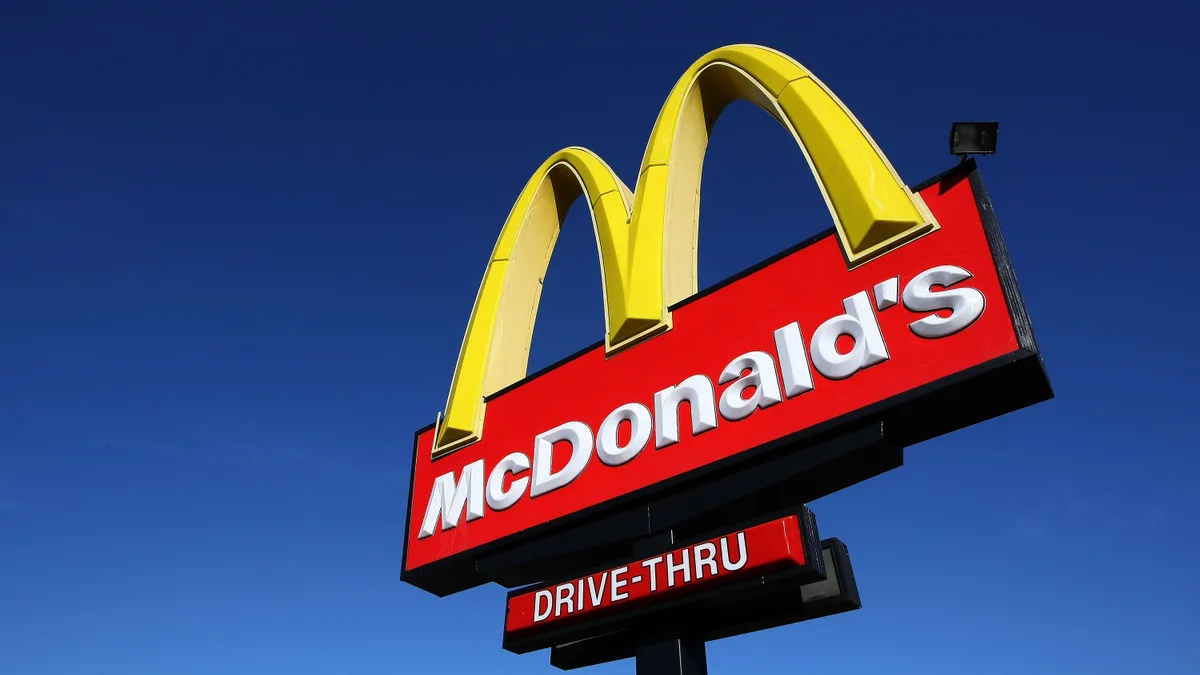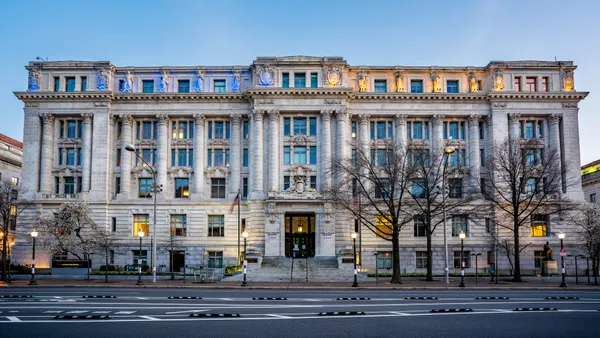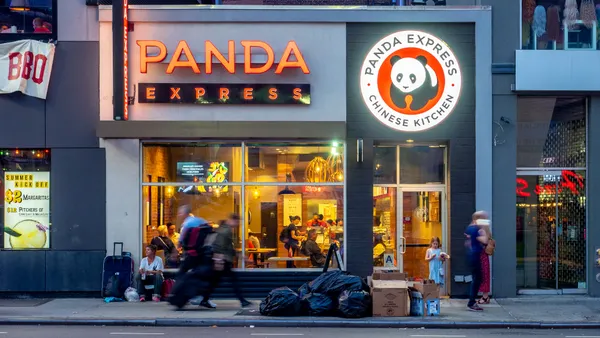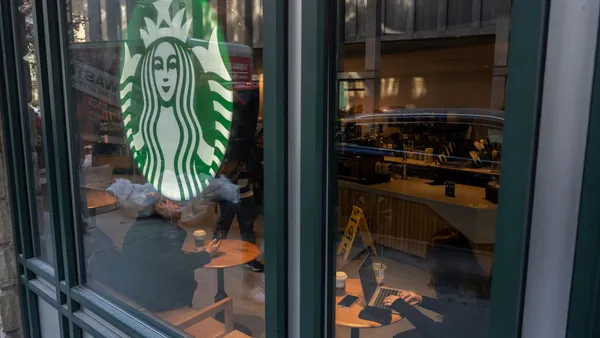Dive Brief:
- McDonald’s is experiencing roughly 10% labor inflation, partially due to strategic wage increases at company-owned stores, CEO Chris Kempczinski said Tuesday on a Q2 earnings call with investors. Labor inflation is also challenging the system’s franchisees, he said.
- When asked if McDonald’s would invest in technology to reduce its labor needs, Kempczinski said automation won’t be a “silver bullet” for the chain’s obstacles.
- The accuracy of McDonald’s drive-thru voice ordering — designed to ease labor — at 24 Illinois units hovered around the low 80% range, below the 95% minimum accuracy rate the chain seeks before expanding the tech, per a June BTIG report.
Dive Insight:
The economic benefits of robotic solutions don’t always outweigh the cost of infrastructure investments around utilities and store footprint that are necessary to make that technology successful, Kempczinski said on the call.
“The idea of robots and all of those things, while it may be great for garnering headlines, it’s not practical for the vast majority of restaurants,” he said. “You’re not going to see that as a broad-based solution anytime soon.”
Instead, Kempczinski said operators can take advantage of customer data to inform staff scheduling decisions to reduce labor demand in restaurants.
McDonald’s company-owned restaurants employ a target staffing roster required to drive speed of service improvements and customer satisfaction, Kempczinski said on the call, though he didn’t disclose specific numbers. These stores are outperforming the chain’s U.S. average, he said.
“We know from our McOpCo business that it is possible to do it. It's not easy. It takes a lot of work, but it is possible for us to get after that,” Kempczinski said of adequate staffing levels, adding that company believes it has found a formula for necessary employee levels.
Many McDonald’s franchisees have rolled out pay hikes and new benefits throughout the pandemic to entice new workers to apply and hold on to existing talent, but surging traffic could challenge retention if it complicates operations. According to Placer. AI, McDonald’s traffic growth may reflect that more diners are “trading down” in food spending, driving them to value-focused brands like the Golden Arches.
Diner visits at McDonald’s rose 16.7% in June compared to the same period in 2021, and 0.6% compared to 2019. By contrast, visits for the QSR category overall rose just 5.9% during the period, according to Placer.AI data. But if McDonald’s restaurants aren’t properly staffed, franchised and company-owned restaurants may not be able to fulfill rising demand and satisfy customers.
“We need to make sure that our restaurants are properly staffed ... that we're getting our crews trained and make sure that we are, operationally, delivering on things like service times that we know can have a big impact on customer satisfaction,” Kempczinski said.












